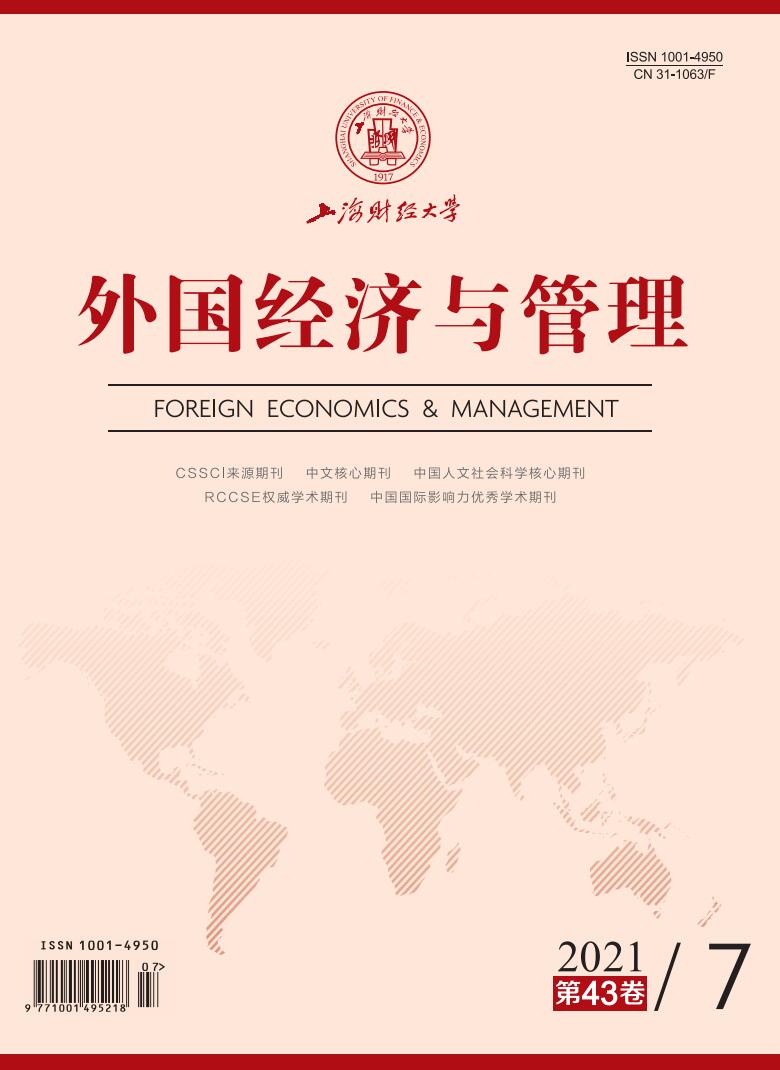With the rapid development of global economy, it is a universal phenomenon that the improvement of enterprise innovation ability increasingly depends on R&D investment. Innovation activities are the result of the interaction of a variety of heterogeneous resources, so it is an important path for enterprises to obtain innovation resources through alliances and other cooperative relationships. The study of both theory and practice has shown that the cooperative relationship, no matter loose or close, is an important path for enterprises to obtain external innovation resources. However, scholars have different views on the effect of the two types of relationship on enterprise innovation. Therefore, this study will explore how to choose the right partners by identifying the roles of different types of relationship in the process of enterprise innovation, thereby guiding enterprise innovation activities.
We randomly select a sample of 295 high-tech enterprises from the manufacturing industry in Hefei High-tech Zone, Hefei Economic and Technological Development Zone and Hefei Xinzhan District. The results show that neither strong nor weak alliance partnership in the dense network is conducive to improving enterprise innovation ability, while maintaining the appropriate strength of partnership is the most conducive to enterprise innovation performance. However, alliance routines can reduce the above mentioned effects. In the sparse network, the stronger the partnership, the more obvious the innovation performance of enterprises, and alliance routines also strengthen the relationship between them.
The theoretical contributions are as follows: Firstly, we expand the previous literature on relationship strength and innovation performance, and study the effect of external relationships on innovation performance by bringing individual network and collective network into the same framework, which supplements the perspective of existing studies in explaining the relationship strength paradox. It is found that the effect of relationship strength on innovation performance is not the same under different network density conditions. Secondly, we reveal the moderating effect of alliance routines on relationship strength and innovation performance under different network density conditions by introducing alliance routines into this research framework. Thirdly, we deep the study on alliance routines, and provide important insight regarding the follow-up research in this field and how to improve innovation performance through properly levering alliance routines.
The current research points out several directions for future research: Firstly, the variable of partnership can be measured from the perspective of relationship quality, relationship symmetry and relationship persistence, etc. Secondly, alliance routines may have different effects on radical innovation and incremental innovation. This study mainly investigates the moderating effect of alliance routines, and future research can explore the effect on radical innovation and incremental innovation. Thirdly, future research can be combined with different knowledge attributes to study the effect of relationship strength between enterprises and customers, suppliers, distributors and intermediaries on innovation performance under different network density conditions.





 12775
12775  4531
4531

